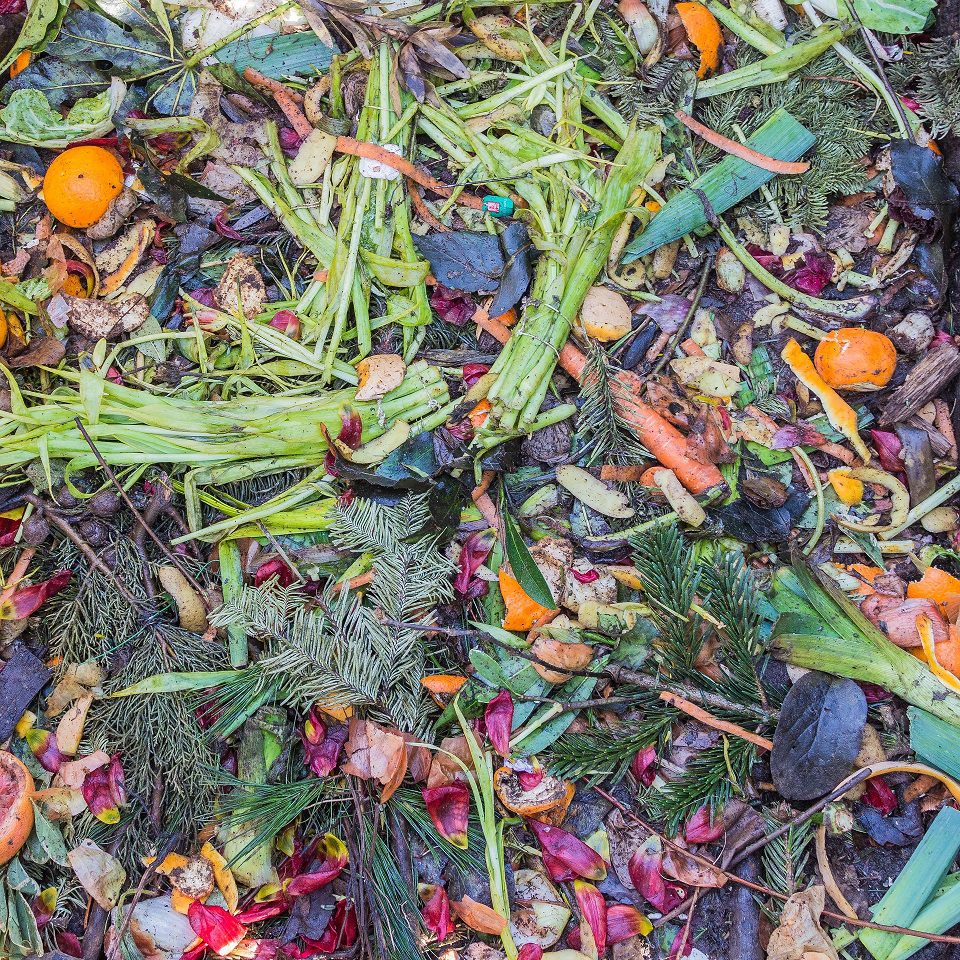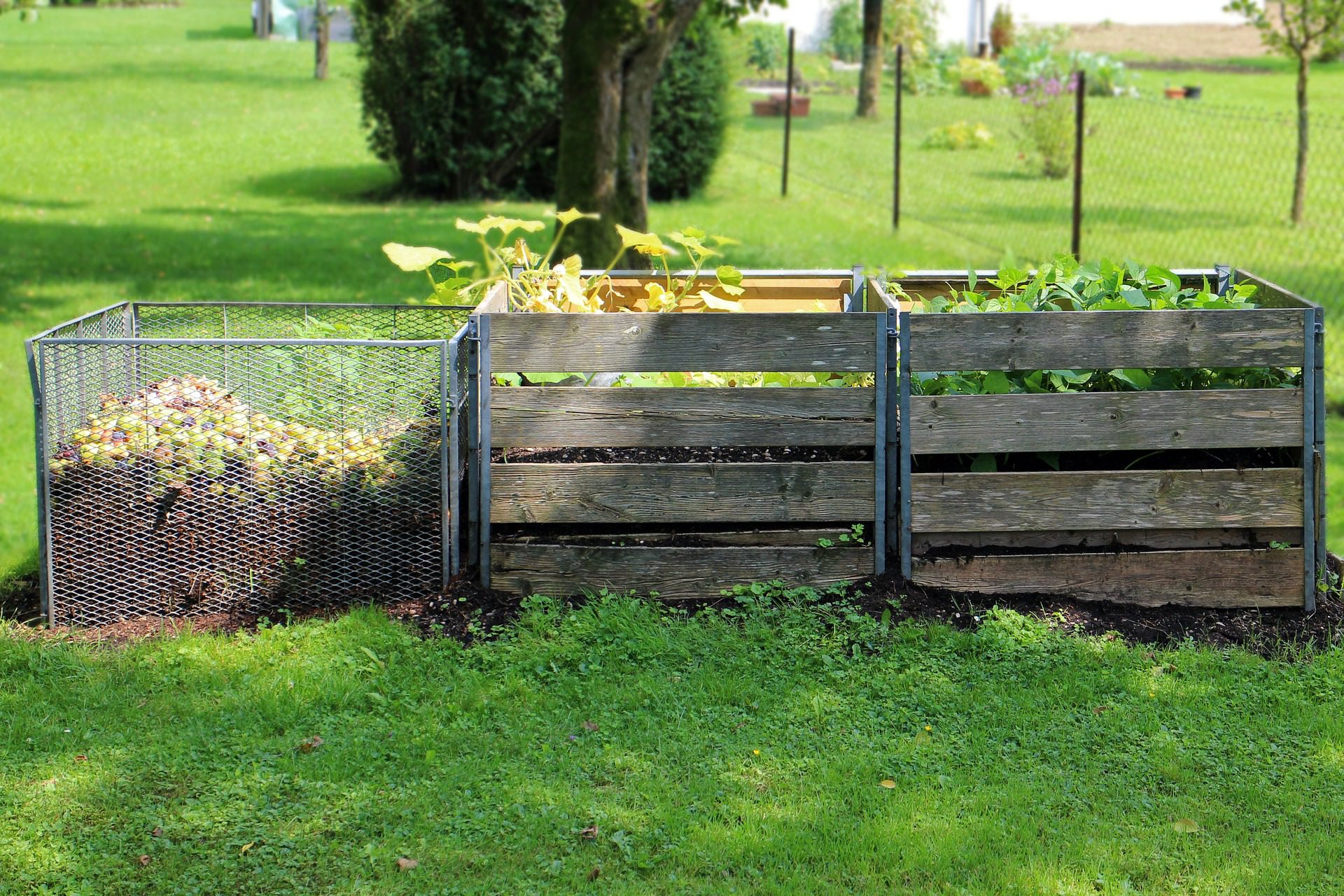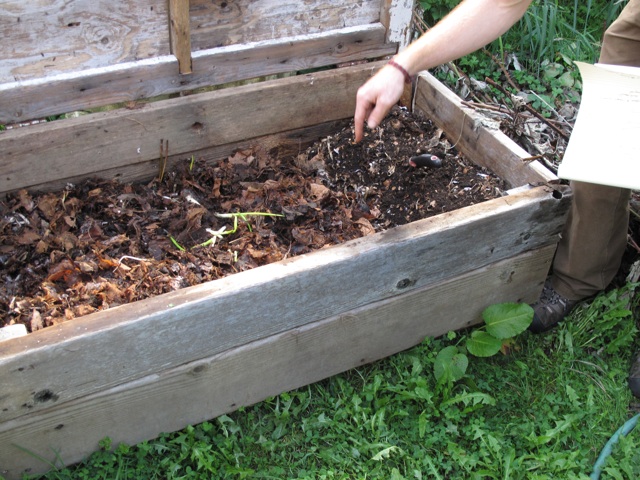
Composting: Doing the Most With the ‘Post
Composting is a beautiful, dynamic, biological process of decomposition and a large component of the life cycle of our planet. It is a regenerative process and in the breaking down of organic materials, vital nutrients are made available to plants we love to eat! Compost makes our farms rich, dynamic, and healthy.
But first, what is composting really?
Composting, or decomposition in general, is a process through which organic materials are broken down into simpler parts. This organic matter can include plants, animals, and inanimate organic material like cardboard, paper, and even plastic (though, this takes a very long time). Plants and animals do not decompose in the same way, so we’ll focus on the flora instead of fauna for today.
So how does it happen?
Microorganisms, mainly bacteria and fungi, and invertebrates like Earthworms, convert or “eat” the complex organic matter, bit by bit, and leave behind simpler compounds. Bacteria and fungi do this through chemical means and invertebrates do it by physical means. Aerobic (oxygen loving) bacteria do the bulk of this work and are therefore the most important decomposers. A number of factors will determine how well or how quickly these decomposers are able to finish their work.
So how do we make compost?
Composting is much like baking. The right ingredients, balanced together in the best ratios, with the right amount of air, water, and temperature, will ultimately yield the best results.
So step into the “compost kitchen,” and let’s put together a recipe for a successful compost ecosystem!
Ingredients:
Carbon (C) – Also known as “browns,” these are often dried or woody materials like leaves, hay, dried grass, wood chips, or cardboard. The more finely shredded, the faster they will break down.
Nitrogen (N) – Also known as “greens,” these are fresher, greener materials like fresh grass clippings or vegetable scraps.
Water and Air – Added on a regular schedule.
Temperature – ideally between 90º and 140ºF. The best decomposers thrive in this range.
A note on ratios:
How much of each is added and how many times the pile is turned, will vary the time it takes to produce a final product. This is when we look at the carbon to nitrogen ratio (C:N). A narrower C:N ratio (closer to equal parts) will turn into a beautiful steamy humus-like pile faster, while a wide C:N ratio (more C than N) will turn slower. However, if the C:N is too narrow, your pile will simply rot quickly and not turn into a good, beneficial soil. That rot will smell awful and attract unwanted pests. Compost should smell Earthy and Rich. So aim for a ratio between 20:1 – 30:1.
Once you have a good amount of materials it’s time to build the compost piles. There are many ways to do this and some of the most common ways include:
Vermicomposting – This method utilizes a specific kind of Earthworm to do the work.
Compost bins – Likely the most common method. A three (or four) sided bin is built from wood or wood pallets. Usually, two to three are set side by side for turning and holding compost at different stages.

Mounds – The original method, the materials are layered into mounds until they reach one cubic yard. A bit messier than using bins so not recommended for backyards unless lots of space is available.
Once we put together our pile, all that is needed is:
A regular watering schedule, at least twice a week, maybe more in drier/hotter places. Piles should be saturated completely.
Turning schedule. This involves “flipping” the pile or moving the material on top to the bottom, and material on the bottom to the top. This allows for aeration and equal breakdown of the materials.
Steady temperature. Just like with baking, holding a steady high temperature will yield the best results. There are thermometers built made just for this purpose! You’ll know it’s working by measuring the temperature of your pile. Ideally, a hot compost pile, one that will kill harmful pathogens and weed seeds, will peak at around 130°-140° F.
So why is this important?
Composting at home or contributing to a composting program, is a great way to reduce the amount of solid waste we create. If food waste is not added to compost in one form or another, it will likely end up in the landfill. It is a common misconception that it will just break down there. Landfills are built in a way to prevent moisture and air from entering the piles and these are essential ingredients to proper decomposition.
Furthermore, the way in which that waste will eventually break down, produces greenhouse gas emissions. Nearly 200 million pounds of food is wasted in the City of Austin every year. While there are many other things that should be done to recover that food before it is wasted, what ultimately goes uneaten should be made into soil, not waste!


